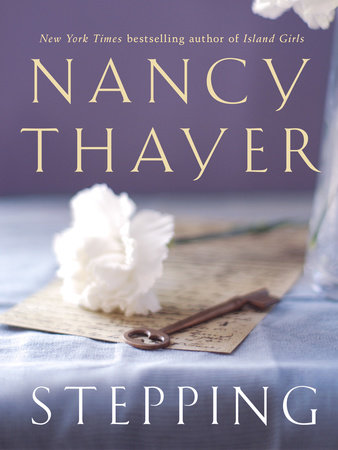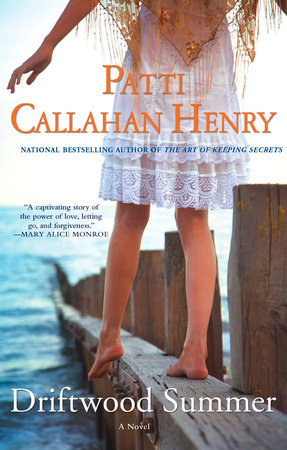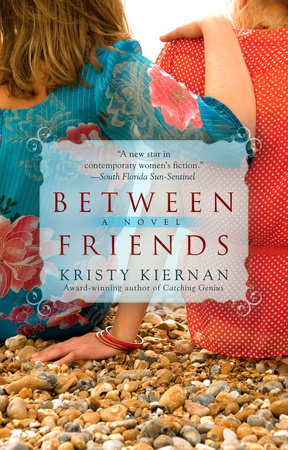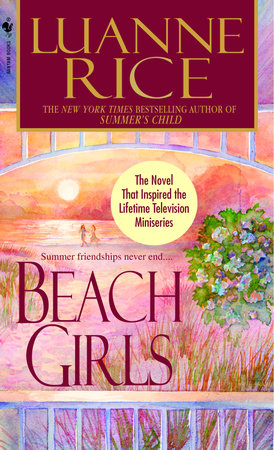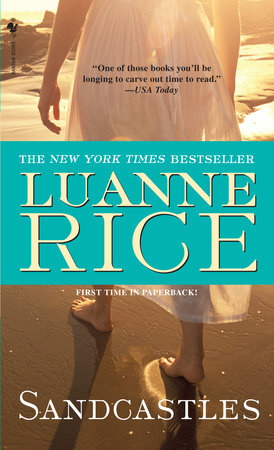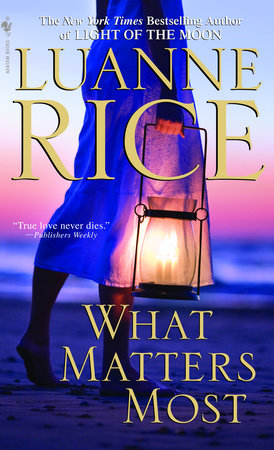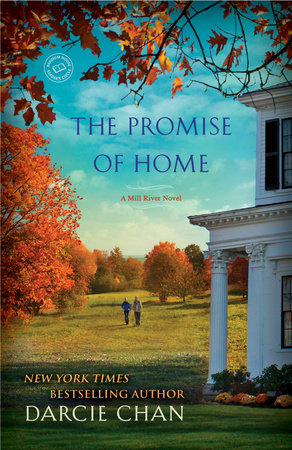A Conversation with Diane Hammond
Q: Going to Bend is your first novel. Is there a story behind your writing it?
A: I think of the first half of this book as my graduate school thesis. I wrote it in 1994 and 1995, agonizing over its technical aspects and devices as well as its characters and story line. Craft issues have always loomed large for me. Are the character voices clear enough, consistent enough, revealing enough? How much of the story should I stage, and how much can I just allude to in internal monologues? Is it moving along smoothly? Experienced writers make hundreds of critical decisions by instinct, but most less-experienced writers don’t have that luxury. It can be exhausting. In fact, by the exact midway point in the book, I was so worn out from the technical choices and decisions I was making that I was losing my way in the story. This, plus the fact that I had a young child, multiple sclerosis, and a demanding day job, convinced me to put the manuscript down. In fact, I didn’t look at it again until 2001, when I was uninspired by whatever work was at hand and instead hauled out the manuscript. By then, thanks to my appallingly bad memory, I had forgotten more about the book than I remembered. This afforded me the luxury of reading the manuscript straight through with relative objectivity, and by the time I was done, I knew exactly where the remaining story was headed, and how to get there. And the craft issues never waylaid me again—I’d graduated. I completed the second half of the book in just six months.
Q: A lot of readers assume that you’re from a small Oregon town yourself, because Hubbard is so vividly evoked and its characters are so deeply defined by its limitations. But you were born and raised in suburban New York. What’s the deal with that?
A: It’s true that my background, up until my late twenties, was largely urban. I grew up in Upper Nyack, a suburb of New York City, and later lived in Honolulu and Washington, D.C. But in 1984 I moved to Newport, Oregon, then a coastal town of just under 9,000, and everything changed. My first job interview—for a secretarial position with the electrical utility serving the central Oregon coast—ended with a stern lecture about the fact that big-city, East Coast ways would not be tolerated here. It was clear that I had two choices: I could maintain my urban identity and spend a lot of time alone and misunderstood, or I could pipe down, listen hard, and learn about a way of life that was completely new to me. It’s probably no surprise that my survival instincts led me to choose the latter. On those terms, I was befriended by some extraordinary teachers, skilled storytellers, and sure-footed guides to the insular culture of coastal Oregon. I became an avid solicitor of stories of all kinds, and developed a great respect for the strenuous business of living in a town that offers low-paying jobs, limited educational opportunities, significant isolation, and a whole lot of bad weather.
Q: Yes, the weather on the Oregon coast takes on the aspect of a character in the book. Why?
A: I think that until you’ve spent nine months in nearly relentless wind and rain, you can’t fully appreciate the effect that such weather has on everything you feel and do. And it’s dynamic weather, where the rain takes many shapes—teeming, drizzling, blowing, pelting, and pouring straight down, to name a few—and storm fronts come through like conquering armies. On any given day, damned near everyone I knew could tell you what flags the U.S. Coast Guard was flying over Yaquina Bay to announce the incoming weather. Here’s the thing: You lived in all of this, you worked in it, drove in it, carried your groceries inside through it, ferried small children and babies through it, and your moods reflected it even when you thought they didn’t. You and the weather become one. So when I began writing Going to Bend, it was only natural to cast the weather in a major role.
Q: Let’s talk about your characters for a minute. Do you have a favorite?
A: Petie is certainly the character to whom my heart goes out first. She is a woman who’s been dealt a bad hand and she refuses to pity herself for it. From that innate pride of self springs everything else about her—her tough exterior, her faith in her own ability to get by, her fierce sense of right and wrong. And yet, her ability to love unconditionally has come through intact. Given her life circumstances, that’s a small miracle. In many ways, Going to Bend is a love story. It’s about the healing powers of unconditional love. For Petie, finding unconditional love has come at a huge price: Paula’s love, though absolute, is insufficient to keep Petie from harm; Rose’s love gives her a staunch ally, but also one who offers limited protection. It is only Eula’s love that brings with it healing powers, though for far too little time. Even so, these pockets of unconditional love have given her sufficient strength to endure exceptionally difficult circumstances. Other characters for whom I have a tender spot include Marge and Larry Hopkins, who also have a gift for loving not only each other, but those around them; and Schiff, who is a much better man than he’s ever given credit for, either by himself or by those around him. I’d have to say that Old Man Tyler was the character who presented me with the greatest writing challenge. I’d never created a thoroughly bad character before, someone capable of doing loathsome things. We tend to protect our characters as we do our children, wanting them to be liked and successful. Old Man was neither. And yet, I don’t believe he was evil—just incredibly, deeply, cruelly flawed.
Q: How do you approach building a novel? Do you work out a lot of your story ahead of time?
A: I have always envied those writers who can build a story ahead of time, who can pull together a comprehensive road map, the who, what, when, where, how, and why, all very lucidly and methodically set out in advance. It probably says something about the scattershot way in which I create that I am absolutely unable to do this. I really only succeeded in doing it once, and the resulting work was so lifeless that I buried it in a desk drawer. No, for better or worse I am an impulsive, instinctive, intuitive writer, which means that when I begin writing a book, I know a couple of my key characters, though not well; I have a sense of the feel of the story, though not its specific events; I have a rough timeframe in mind over which the story will take place; and I have a hazy idea of where the main characters will end up. Other than that, I don’t know a thing. I invent it, discover it, reveal it—not only to my readers but to myself—in the writing itself. This can be both exhilarating and terrifying; it’s a very highrisk creative proposition, in that I’m staking a year or more of my writing life on the bet that I can bring the story—which I don’t yet know—home successfully in the end. So far, it’s worked, but there isn’t a day when I take that outcome for granted. That’s why, for me, the process of writing is fraught with danger, a nearly incomprehensible act of the greatest faith in my creative outcomes. I wouldn’t wish this writing style on anyone, though on a good day when my characters’ voices are flowing and I’m hurrying to get it all down, I wouldn’t trade it for anything.
Q: We leave Petie and Rose at a real crossroads, literally and figuratively. Do you plan to write a sequel?
A: I’m often asked that. No, I don’t have any plans for a sequel. I feel that I safely guided Petie, Rose, and the rest of Bend’s characters through a difficult time, a life-changing time, and at the book’s end had safely delivered them not to an ending, but a beginning. I don’t believe they need me to take them any further. And wherever they go from here, it will not be with the sort of high drama that makes for a compelling story to read. So, literarily speaking, I’ve wished them Godspeed and moved on. I have hung on to the towns of Hubbard and Sawyer, though. My next book, Homesick Creek, takes place there, too, though with entirely different and unrelated characters—except for Roy, the bartender at the Wayside, who continues to drift in and out of scenes.






